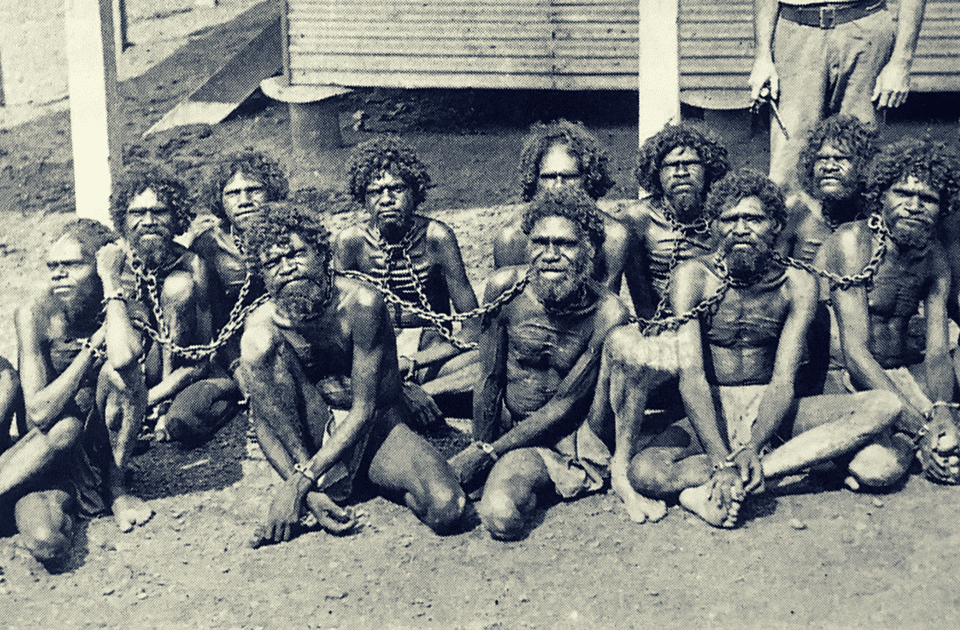This is the 100th blog posting that John and I have written for our Story Blog (65 so far) and Healing Blog (34). We thought we would celebrate the occasion by showing you the most viewed blog postings since we launched the website in November 2018.
Here’s the top five in reverse order:
5. The Value of Deep Listening: The Aboriginal Gift to the Nation—Judy Atkinson (uploaded 14th November 2018) I was inspired into the field of trauma healing by a remarkable Aboriginal woman, Judy Atkinson. Judy is Patron/Elder Advisor of We Al-li Healing Programs. Her book Trauma Trails Recreating Songlines: The transgenerational effects of trauma in Indigenous Australia quite simply changed my life. I was lucky enough to spend a few days with Judy in the Northern Territory in June 2015. In this blog, I link to Judy’s enthralling TEDx Sydney presentation in 2017, entitled The Value of Deep Listening: The Aboriginal Gift to the Nation.
4. Mr Neville: Removing Aboriginal Children From Their Family (uploaded 22nd January 2019) Mr Auber Octavius Neville was Chief Protector of Aborigines between 1915 and 1940, initially working under the Department of Aborigines and Fisheries. Neville’s appointment as Chief Protector resulted in a period of strict implementation of the 1905 Aborigines Act and unprecedented interference in the lives of Aboriginal people, particularly in the South West of Western Australia. In the early years of his position (1915 – 1920), Neville focused on the development of the government-run ‘native settlements’ at Carrolup and Moore River.
3. An Extraordinary Human Being: Jan James R.I.P. (uploaded 6th June 2019) I write about the life of my close friend Jan James who passed away on 31st May 2019. Jan was a genealogist, historian, counsellor and writer who over a period of nearly 40 years had assembled an unrivalled collection of Aboriginal records and photographs. Her genealogical work, which connected many Aboriginal people to their families, had an enormous healing impact. Jan was made an Honorary Noongar Elder and received an Aboriginal name, Kabarli, which means “Grandmother”. She was only the second white woman to officially be given this honour. She will be sorely missed by many Aboriginal and non-Aboriginal people.
2. The Classroom Photo (uploaded 15th November 2018) Noelene White took a photograph of the children of Carrolup School in late 1948 (most likely) or early 1949, which showed the classroom walls covered in the children’s drawings. The Marribank Community, along with John Stanton and his team from the Berndt Museum, talked with Noongar people from the South West and were able to identify all but one of the children. John describes how the Nyungar Landscapes exhibition of the Carrolup children art that he mounted travelled around Australia for the eight years, at that time the longest-travelling national exhibition in the country.
1. The Impact of Colonisation on Aboriginal People (uploaded 10th January 2019) The Story of the Aboriginal child artists of Carrolup must be told within the social, political and cultural context of what was occurring in Western Australia during the 1940s and 1950s, as well as at earlier times. I make reference to Professor Judy Atkinson’s seminal book Trauma Trails: Recreating Songlines, in which she describes how the control of Aboriginal peoples in Australia by the European coloniser was facilitated by three main types of power abuse or violence—overt physical violence, covert structural violence, and psychosocial domination.


